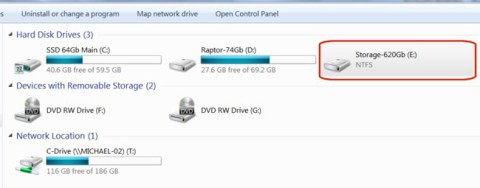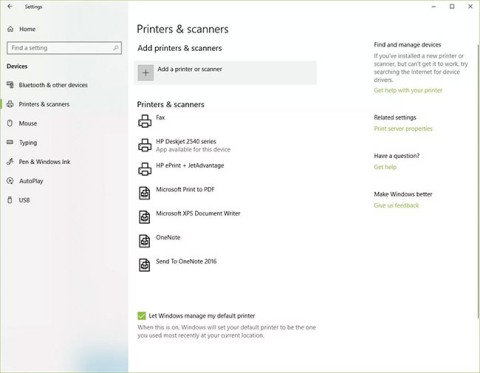How to use Conversation Awareness and Live Listen on AirPods

At first glance, AirPods look just like any other true wireless earbuds. But that all changed when a few little-known features were discovered.
How to read the index on a blood pressure monitor accurately helps you understand the parameters on the monitor, helping patients with blood pressure problems to monitor this index every day.
Table of Contents
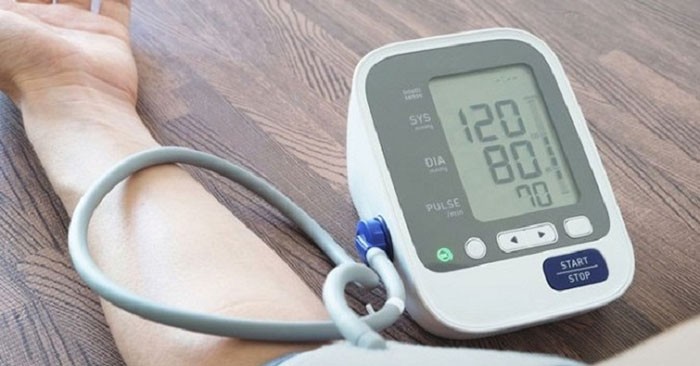
Blood pressure is a measurement of the pressure of blood in the arteries when the heart contracts and when the heart relaxes.
There are 2 types of blood pressure measurements:
The unit of blood pressure measurement is millimeters of mercury (mmHg).
Normal blood pressure ranges from about 90/60 mmHg to 140/90 mmHg. In particular, blood pressure in young people can reach 145/95 mmHg.
High blood pressure is when the systolic blood pressure is greater than 140 and the diastolic blood pressure is greater than 90.
Low blood pressure is when the diastolic blood pressure is less than or equal to 90 and the systolic blood pressure is less than 60.
Note: To determine whether a person has high blood pressure or not, it is necessary to measure many times a day such as morning, noon, afternoon and evening, and must measure in both arms after 5 minutes of resting, or after at least 1 - 2 minutes in a standing position.
Below is a table of blood pressure levels and normal blood pressure by age.
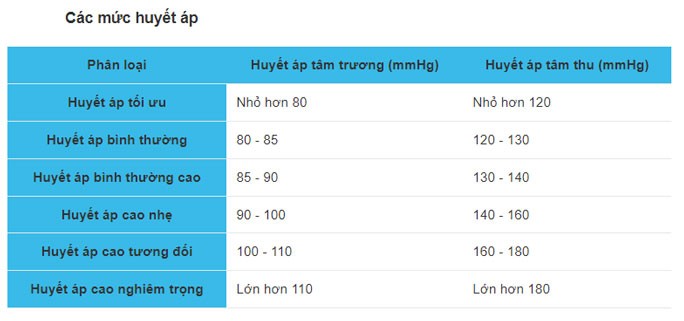
Normal blood pressure by age
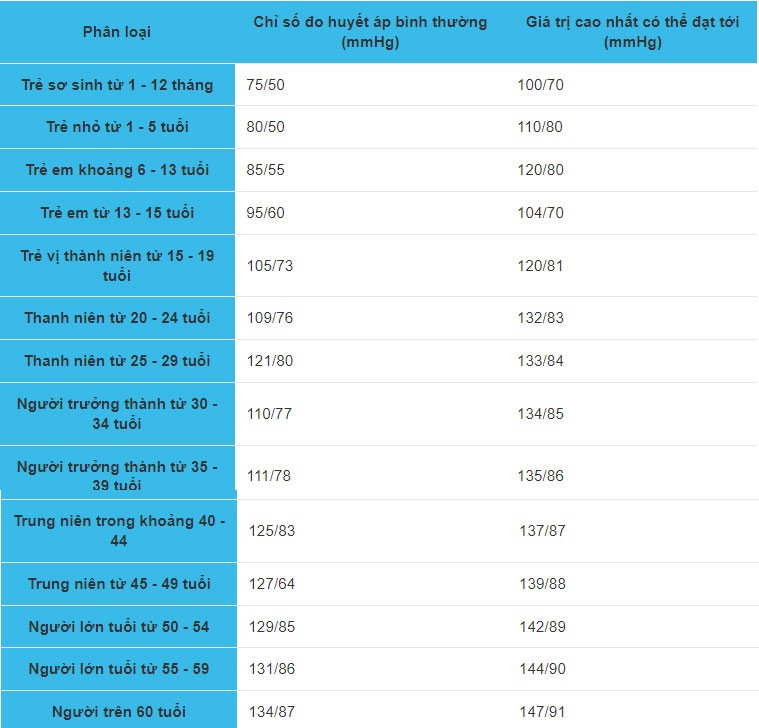
At first glance, AirPods look just like any other true wireless earbuds. But that all changed when a few little-known features were discovered.
In this article, we will guide you how to regain access to your hard drive when it fails. Let's follow along!
Dental floss is a common tool for cleaning teeth, however, not everyone knows how to use it properly. Below are instructions on how to use dental floss to clean teeth effectively.
Building muscle takes time and the right training, but its something anyone can do. Heres how to build muscle, according to experts.
In addition to regular exercise and not smoking, diet is one of the best ways to protect your heart. Here are the best diets for heart health.
The third trimester is often the most difficult time to sleep during pregnancy. Here are some ways to treat insomnia in the third trimester.
There are many ways to lose weight without changing anything in your diet. Here are some scientifically proven automatic weight loss or calorie-burning methods that anyone can use.
Apple has introduced iOS 26 – a major update with a brand new frosted glass design, smarter experiences, and improvements to familiar apps.
Yoga can provide many health benefits, including better sleep. Because yoga can be relaxing and restorative, its a great way to beat insomnia after a busy day.
The flower of the other shore is a unique flower, carrying many unique meanings. So what is the flower of the other shore, is the flower of the other shore real, what is the meaning and legend of the flower of the other shore?
Craving for snacks but afraid of gaining weight? Dont worry, lets explore together many types of weight loss snacks that are high in fiber, low in calories without making you try to starve yourself.
Prioritizing a consistent sleep schedule and evening routine can help improve the quality of your sleep. Heres what you need to know to stop tossing and turning at night.
Adding a printer to Windows 10 is simple, although the process for wired devices will be different than for wireless devices.
Diet is important to our health. Yet most of our meals are lacking in these six important nutrients.
You want to have a beautiful, shiny, healthy nail quickly. The simple tips for beautiful nails below will be useful for you.
